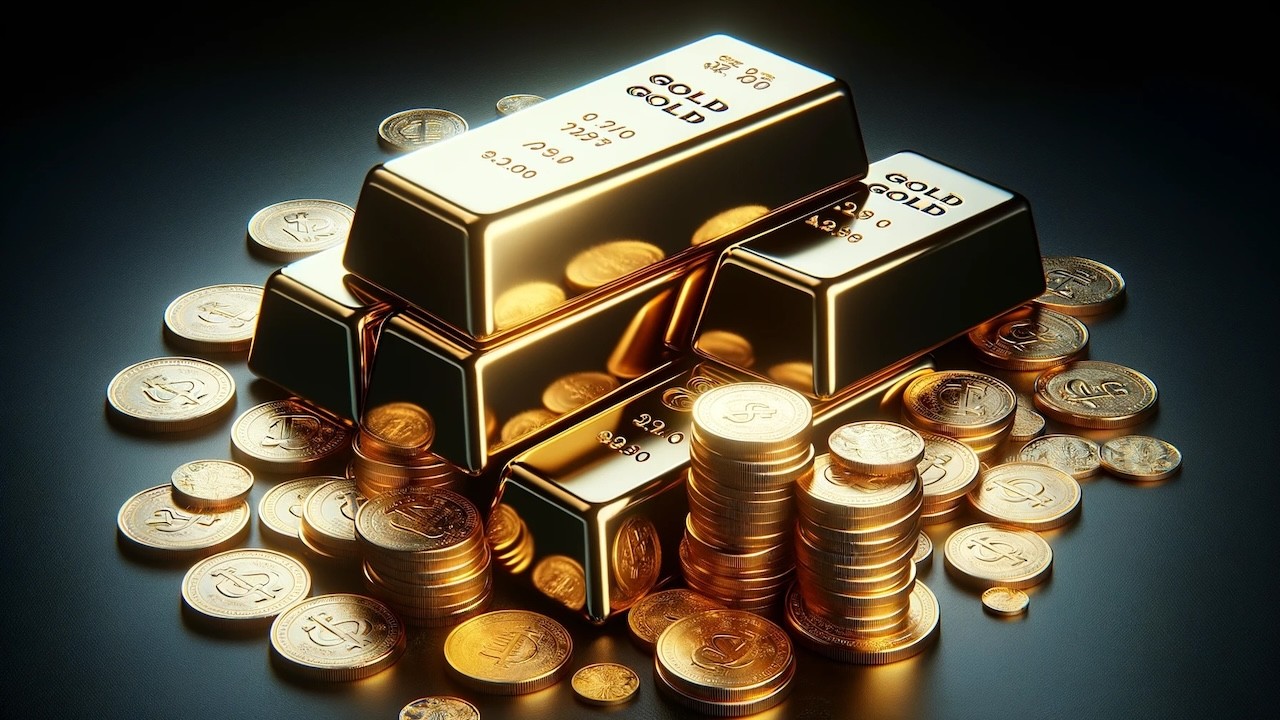(Mike Maharrey, Money Metals News Service) Factoring in sizeable over-the-counter (OTC) buying, gold demand charted its strongest first quarter since 2016.
Excluding OTC buying, demand fell 5 percent to 1,102 tons. Significant outflows of gold from ETFs drove the dip. But including over-the-counter buying by investors, gold demand grew by 3 percent year-on-year, reaching 1,238 tons, according to data compiled by the World Gold Council.
OTC buying is opaque. Analysts estimate it using the pace and scale of the rise in the gold price. The average price of gold rose by 10 percent during the quarter, coming in at a record $2,070 per ounce.
According to the World Gold Council, the positioning of speculative investors in the U.S. futures market also correlates with OTC demand. CME net managed money positions rose by 91 tons in Q1.
Central bank gold buying continued to drive overall demand higher. Central banks globally added a net 290 tons of gold to reserves during the first quarter. China, Turkey, and India were the biggest gold buyers in Q1.
Demand for gold coins and gold bars came in at 312 tons, matching demand from the previous quarter. Year on year, coin and bar demand was up 3 percent.
We see the movement of gold from West to East in coin and bar demand. According to the World Gold Council, profit-taking by Western investors contrasted with largely one-way investment demand in Asia. Bar and coin demand in China surged by 68 percent year-on-year to 110 tons. Gold bar and coin investment in India jumped by 19 percent year-on-year. Meanwhile, physical gold demand fell modestly in U.S. and European markets.
Gold jewelry demand softened by 2 percent in Q1, coming in at 479 tons. Despite a softening market, demand was around 3 percent higher than the historic first-quarter average. Higher prices created headwinds for jewelry demand.
The biggest factor driving demand lower was continued outflows of gold from ETFs, particularly in North America and Europe. ETF holdings dropped by 114 tons in Q1. U.S. and European listed funds charted a 4 percent decline. But again, reflecting the movement of gold from West to East, Asian-based ETF gold holdings grew by 10 tons. Chinese funds accounted for the bulk of the increase.
Gold demand in the tech sector recovered in Q1, growing by 10 percent year-on-year. The electronics sector drove growth with a 16 percent rise in demand to 64 tons.
Looking forward, the World Gold Council projects “a much stronger return for gold” in 2024 than initially anticipated. Continued central bank demand and retail investment are expected to support the gold price despite tepid Western physical investment.
Mike Maharrey is a journalist and market analyst for MoneyMetals.com with over a decade of experience in precious metals. He holds a BS in accounting from the University of Kentucky and a BA in journalism from the University of South Florida.

